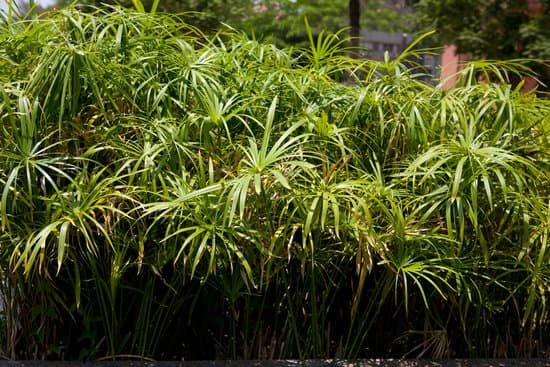
The symbol of lower Egypt, and one of the most critical and central symbols that characterize Egypt, is strongly related to Egypt. It was the symbol of lower Egypt, and because of this plant, the ancient Egyptian could document their civilization. Till now, we have massive collections of papyrus that are more than 3000 years old.
Ancient Egyptians documented mostly all their life on the walls of temples and tombs except the industry of papyrus. The exact reason for this feature is not completely clear until now. It might be a holy industry, or they wanted to keep the exclusivity of producing this papyrus, which was also exported to other countries in the ancient world.
In Ancient Egypt, Papyrus was used as a raw material for making shoes, sandals, and small boats in river Nile and lakes. Once upon a time, unknown Egyptians could produce from the stalk of the plant papers to write documentation on different issues. It was a crucial step in Ancient Egypt, which helped ancient Egyptians document their religious texts rather than carving them on the walls of temples and walls. There was also growth in these rolls, which survived lots of information and knowledge from Ancient Egypt.
Many archaeologists assumed that kings, priests, and elite people in ancient Egypt were using papyrus. Other categories and classes of people were using pieces of buried mudbrick, animal skin since the price of papyrus was not reasonable for each one in ancient Egypt.
This plant was also somehow divine in ancient Egypt for lots of reasons. Most of them are hypothetical, nor of them was assured by archeologists,
But in year 105, Chinese citizens called talison, who innovated new kinds of leaves for documentation that we use it till now. It was the most remarkable component against Egyptian papyrus, so the papyrus lost its values.
In addition to that, in the seventh century invaded Egypt, some Arab tribes destroyed lakes of papyrus to use it for other harvests with more value.
So papyrus was concealed totally from this century till the 18 century when arrived in Egypt the great famous general Napoleon Bonaparte and his expedition to Egypt in the year 1798.
It was the first military expedition in the world that had 175 scientists in various branches of knowledge. Papyrus caught their intention during their path since they were exceedingly astonished about this type of paper that survived thousands of years. Distinguished papyrus than paper, there is no book with more than 500 years old; however, in Egyptian museums and other museums in Europe, one can watch rolls of papyrus more than 3500 years old !!!
And this was the primary key for studies and efforts to analyze, explore, observe and search to know the secret of this study, the pioneer of these studies was egyptologist prof Hassan Ragab. However, he was an architect, but he dedicated his Ph.D. studies to this plant,
Prof Hassan Ragab was an architect working in one of the Egyptian oases and noticed papyrus growing there. He tried to get the most exact method to make papers from this planet and approved this method in his Ph.D., also because of his essence from a wealthy family, he constructed in a decade of 70 “pharaonic village” in Giza and started to produce papyrus.
So each tourist found his suitable souvenir from Egypt, and the growth of producing papyrus was extremely high, but again Chinese wanted to compete with papyrus.
Chinese produced Chinese papyrus similar to Egyptian one, but with less quality and price!
The oldest piece of papyrus related to the era of king Cheops -2500 B.C – in one of the ancient ports on the red sea, and it was just one, but 40 rolls of papyrus, as a record for workers and their rewards for work during the reign of King Cheops.
